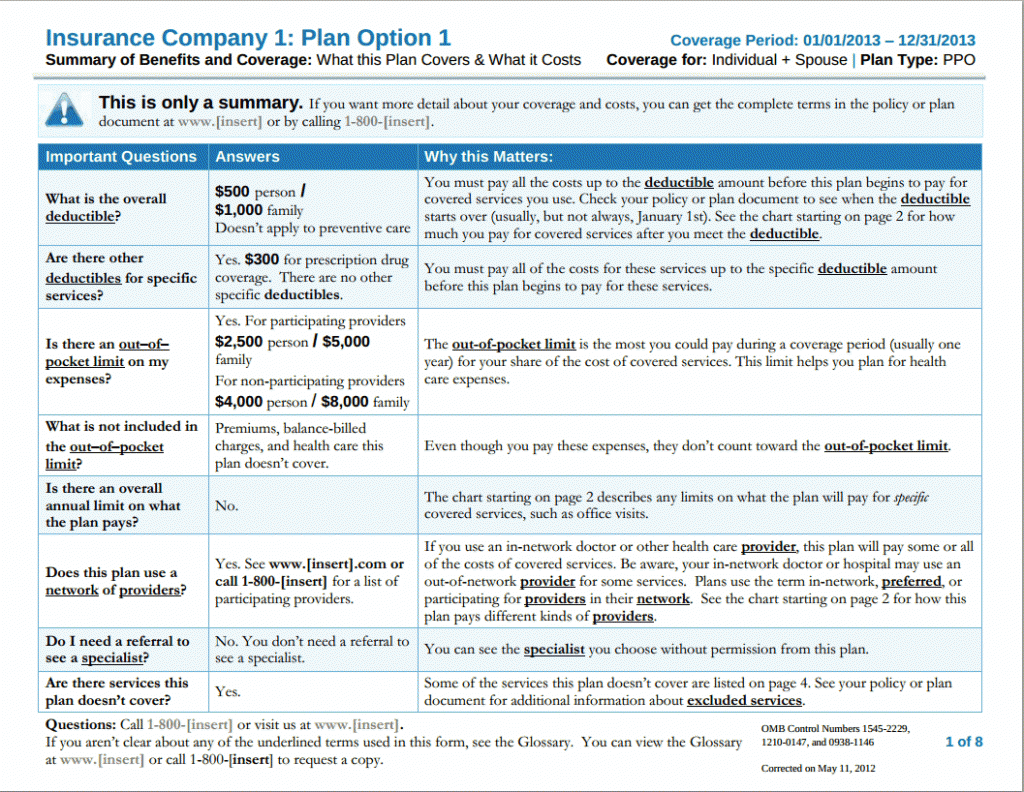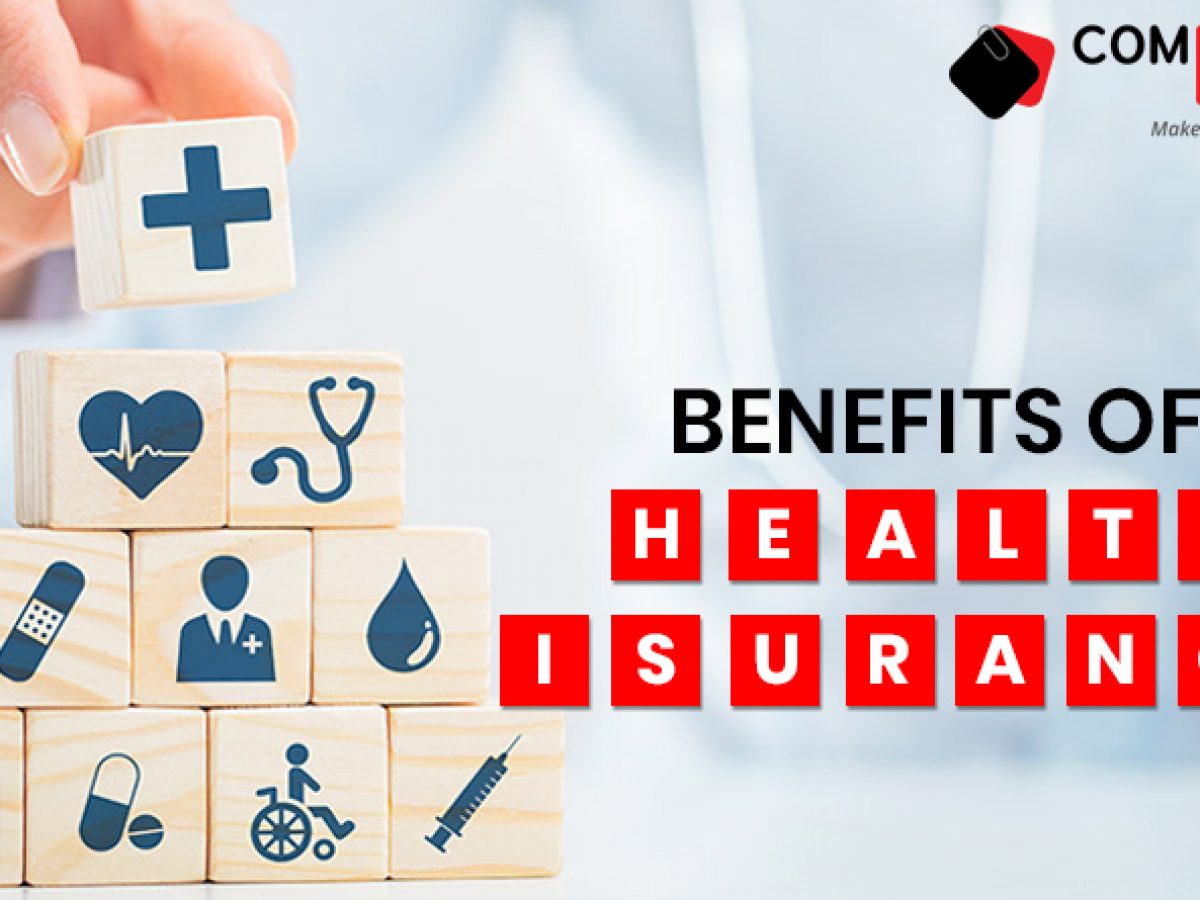Indicators on Insurance In Toccoa, Ga You Should Know
Indicators on Insurance In Toccoa, Ga You Should Know
Blog Article
The Definitive Guide for Final Expense In Toccoa, Ga
Table of ContentsFinal Expense In Toccoa, Ga for DummiesHow Annuities In Toccoa, Ga can Save You Time, Stress, and Money.The smart Trick of Insurance In Toccoa, Ga That Nobody is DiscussingThe Final Expense In Toccoa, Ga Ideas

New immigrants account for a significant proportion of people without wellness insurance coverage. The connection between health insurance coverage and accessibility to care is well developed, as recorded later on in this chapter. The partnership between health and wellness insurance policy and health and wellness results is neither direct nor basic, a substantial professional and wellness services research literature links wellness insurance protection to better accessibility to care, better top quality, and boosted individual and population wellness standing.
The Buzz on Annuities In Toccoa, Ga
The problems encountered by the underinsured remain in some respects similar to those encountered by the without insurance, although they are generally less serious. Uninsurance and underinsurance, nevertheless, entail noticeably different policy problems, and the methods for resolving them might differ. Throughout this research and the five reports to follow, the primary focus gets on persons without health and wellness insurance and thus no support in spending for healthcare beyond what is available with charity and security web organizations.

Medical insurance is a powerful factor influencing invoice of treatment because both clients and doctors respond to the out-of-pocket price of services. Wellness insurance, nevertheless, is neither essential nor sufficient to get to medical solutions. Nevertheless, the independent and direct effect of medical insurance protection on accessibility to wellness solutions is well developed.
Others will certainly get the wellness care they require also without wellness insurance coverage, by paying for it out of pocket or seeking it from suppliers that use treatment free or at extremely subsidized prices - Insurance in Toccoa, GA. For still others, medical insurance alone does not make certain receipt of care since of other nonfinancial barriers, such as an absence of healthcare carriers in their community, limited access to transportation, illiteracy, or etymological and cultural distinctions
Not known Incorrect Statements About Commercial Insurance In Toccoa, Ga
Official study regarding without insurance populations in the United States dates to the late 1920s and early 1930s when the Committee on the Expense of Medical Care generated a series of records about financing physician workplace brows through and hospitalizations. This concern ended up being significant as the varieties of medically indigent climbed throughout the Great Depression.
Empirical studies regularly support the web link between access to care and enhanced health results (Bindman et al., 1995; Starfield, 1995). Having a routine resource of care can be considered a forecaster of access, instead than a straight measure of it, when wellness outcomes are themselves utilized as gain access to indications. Life Insurance in Toccoa, site here GA. This extension of the idea of gain access to dimension was made by the IOM Committee on Keeping An Eye On Accessibility to Personal Health And Wellness Treatment Solutions (Millman, 1993, p
Nonetheless, the effect of moms and dads' health and wellness and medical insurance on the health of their children has gotten interest only recently. Whether or not moms and dads are guaranteed appears to influence whether or not their youngsters receive treatment in addition to just how much careeven if the children themselves have insurance coverage (Hanson, 1998).
The 7-Minute Rule for Commercial Insurance In Toccoa, Ga

Emergency situation divisions are represented as an expensive and unacceptable site of key care solutions, lots of uninsured clients seek treatment in emergency situation divisions because they are sent out there by various other health and wellness care service providers or have nowhere else to go. Emergency situation treatment experts say that the nation's emergency situation departments not just offer as suppliers of last option however are a crucial entrance point into the healthcare system (O'Brien et al (http://www.cartapacio.edu.ar/ojs/index.php/iyd/comment/view/1414/0/30127)., 1999)
Phase 2 offers a summary of exactly how employment-based medical insurance, public programs and specific insurance plan run and communicate to offer considerable yet insufficient coverage of the united state population. This includes an evaluation of historic patterns and public laws affecting both public and private insurance policy, a discussion of the communications amongst the different kinds of insurance policy, and an evaluation of why individuals move from one program to another or end up without coverage.Chapter 3 manufactures existing info to get to a composite summary of the uninsured: What features do people without insurance coverage usually share? Where do the without insurance real-time? The chapter likewise offers information about the danger of being or becoming uninsured: Exactly how does the possibility of being uninsured change depending on selected attributes, such as racial and ethnic identification, country or metropolitan residency, and age? What are the chances for particular populaces, such as racial and ethnic minorities, country residents, and older working-age individuals, of being without insurance? Just how does the chance of being uninsured modification over a lifetime? In addition to identifying the chance of being uninsured in terms of a solitary dimension, such as sex, age, race, work status, or geographical region, Chapter 3 additionally provides the outcomes of multivariate evaluations that offer an even more helpful representation of the elements that add to the opportunities of being uninsured.
Report this page